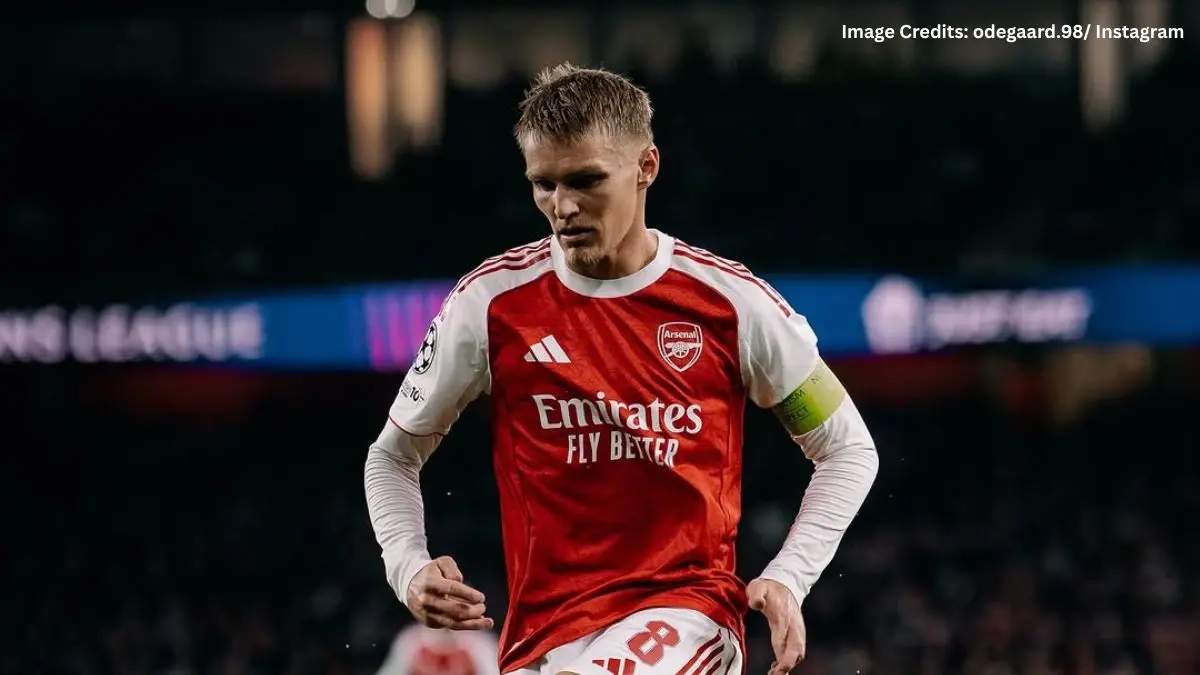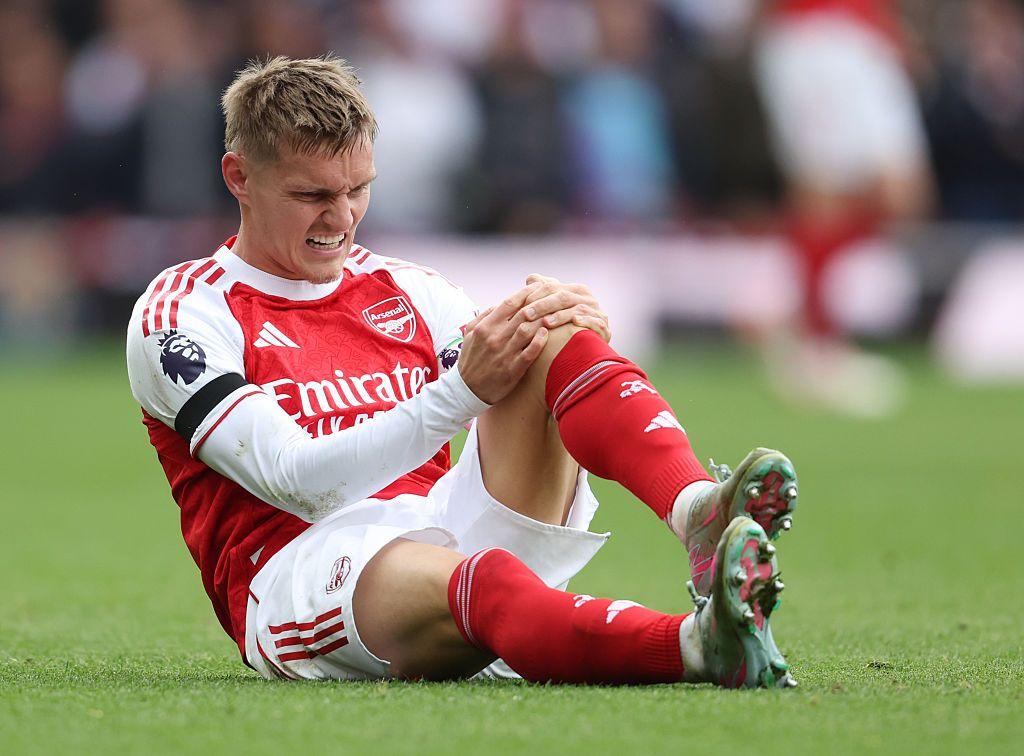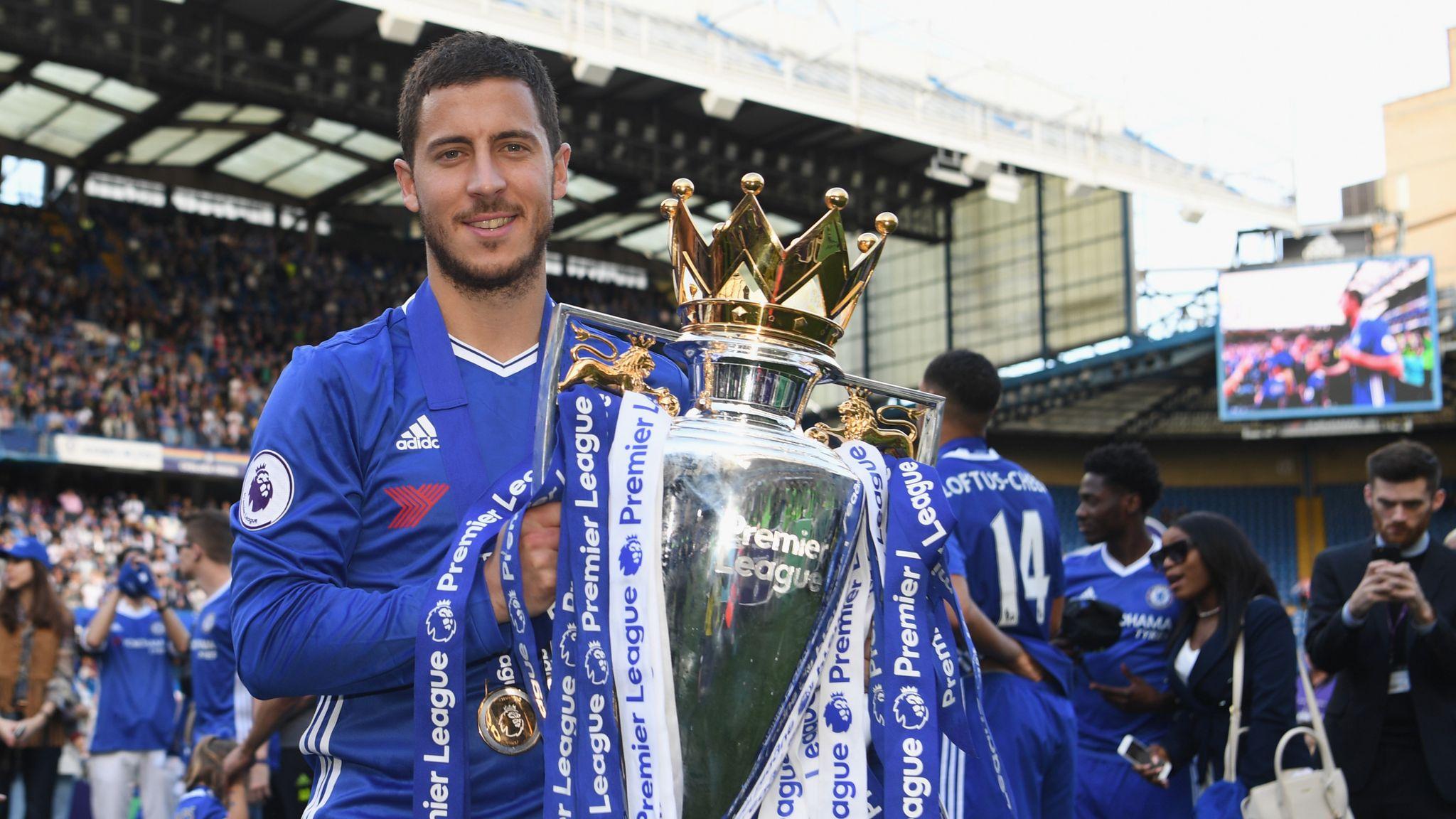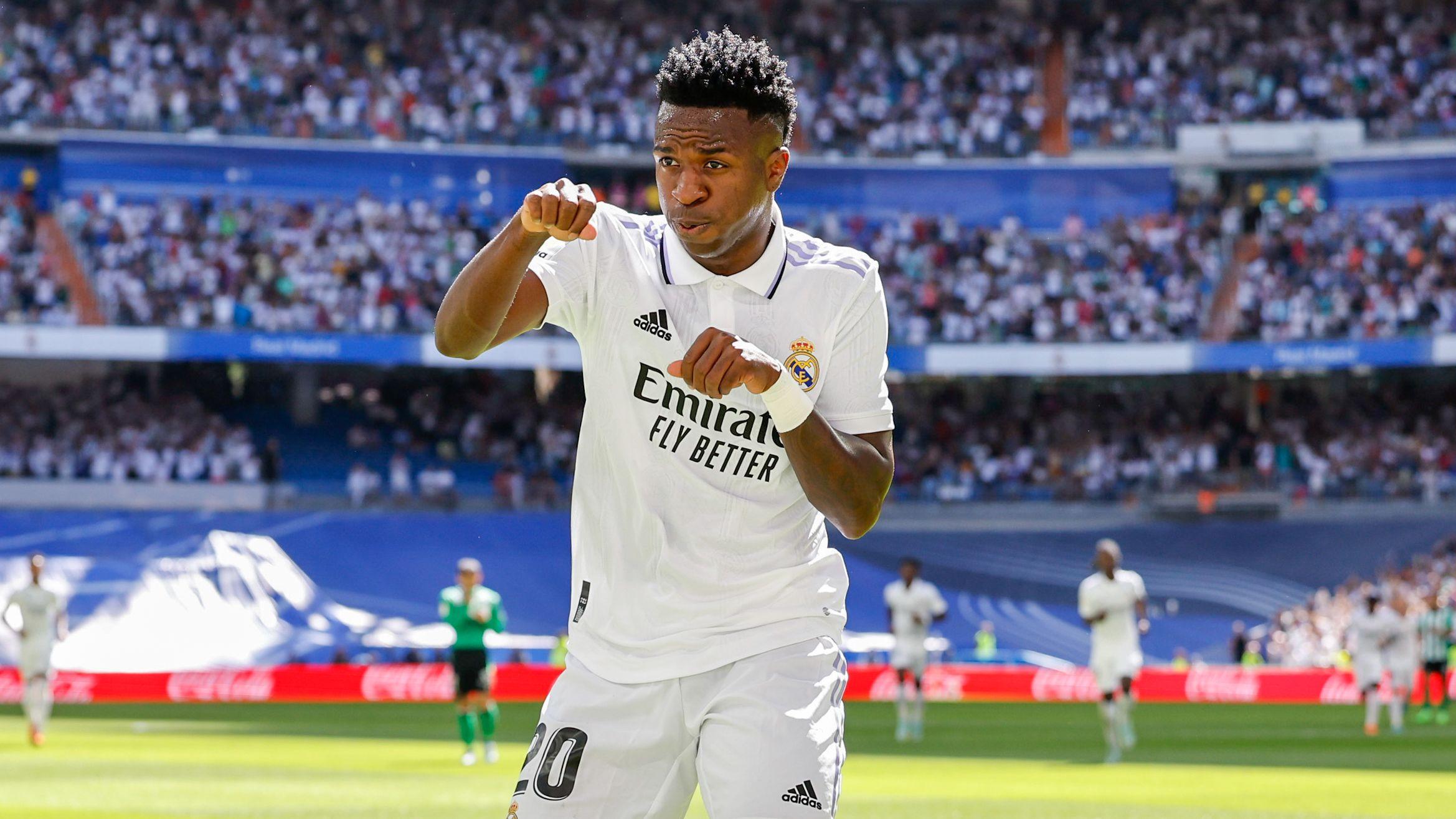Arsenal captain Martin Ødegaard has suffered another injury setback that will keep him out until at least November. The Norwegian playmaker sustained a medial collateral ligament (MCL) injury in his left knee during Arsenal’s 2–0 win over West Ham United earlier this month.
Ødegaard initially tried to play on after colliding knees with an opponent but was forced off shortly after. He left the stadium wearing a knee brace and has since been ruled out of action for several weeks.
The timing couldn’t be worse for Arsenal, who are juggling Premier League, Champions League, and domestic cup fixtures. This marks the latest in a series of setbacks for Ødegaard, who had already been struggling with shoulder problems earlier in the season.
Recovery Timeline

The injury is not expected to require surgery, but Ødegaard’s rehabilitation process will take several weeks. Arsenal’s medical team projects a six-week recovery period, meaning the midfielder will miss the majority of October and the early part of November.
If all goes according to plan, Ødegaard could make his return after the international break—potentially in time for the North London Derby against Tottenham in late November. However, the club is expected to take a cautious approach to ensure he does not suffer a recurrence of the injury.
Matches He’ll Miss
During his recovery, Ødegaard is likely to miss several key fixtures, including:
- Premier League matches against Fulham, Crystal Palace, Burnley, and Sunderland
- Champions League games versus Atlético Madrid and Slavia Prague
- The Carabao Cup tie against Brighton
- Norway’s upcoming international fixtures
In total, he could miss seven to nine matches across all competitions before returning to full fitness.
Impact on Arsenal
Tactical Void
Ødegaard’s absence creates a major tactical challenge for manager Mikel Arteta. The Norwegian has been Arsenal’s creative engine, dictating tempo, linking play between midfield and attack, and unlocking defenses with his vision.
Without him, Arsenal lose their main orchestrator in the final third. Arteta may need to tweak his midfield setup — with players like Eberechi Eze, Declan Rice, or young talent Ethan Nwaneri stepping into more advanced roles.
However, none of them possess Ødegaard’s unique blend of control, passing range, and composure in tight spaces. This means Arsenal may rely more heavily on wide play through Bukayo Saka and Gabriel Martinelli to create chances.
Squad Depth Tested
This setback highlights Arsenal’s thin depth in creative midfield roles. The club’s summer signings were designed to add flexibility, but injuries across multiple positions—including Gabriel Jesus and Kai Havertz—have forced Arteta to rotate more aggressively than planned.
Players such as Martin Zubimendi could see more minutes as Arteta looks for balance between control and creativity. Maintaining form across competitions without their captain will be one of Arsenal’s biggest tests of the season so far.
Psychological Factor
Beyond tactics, Ødegaard’s absence has psychological weight. The captain embodies Arsenal’s composure and leadership on the pitch. Losing him at a time when the club was building momentum could affect confidence and rhythm within the squad.
However, this also presents an opportunity for other leaders—such as Declan Rice, Ben White, and William Saliba—to step up and maintain standards during a challenging stretch.
What Lies Ahead
If recovery goes smoothly, Ødegaard could rejoin full training by mid-November, with a gradual return to match action shortly after. Arsenal will want to ensure he’s at peak condition before reintegrating him into the starting lineup.
For now, the priority is recovery and patience. Arsenal’s depth will be tested, and their title ambitions may hinge on how well they adapt in his absence.
Ødegaard’s injury is a reminder of how fragile a title challenge can be—and how much one player’s influence can shape a team’s fortunes.
Leave a comment
Your email address will not be published. Required fields are marked *




